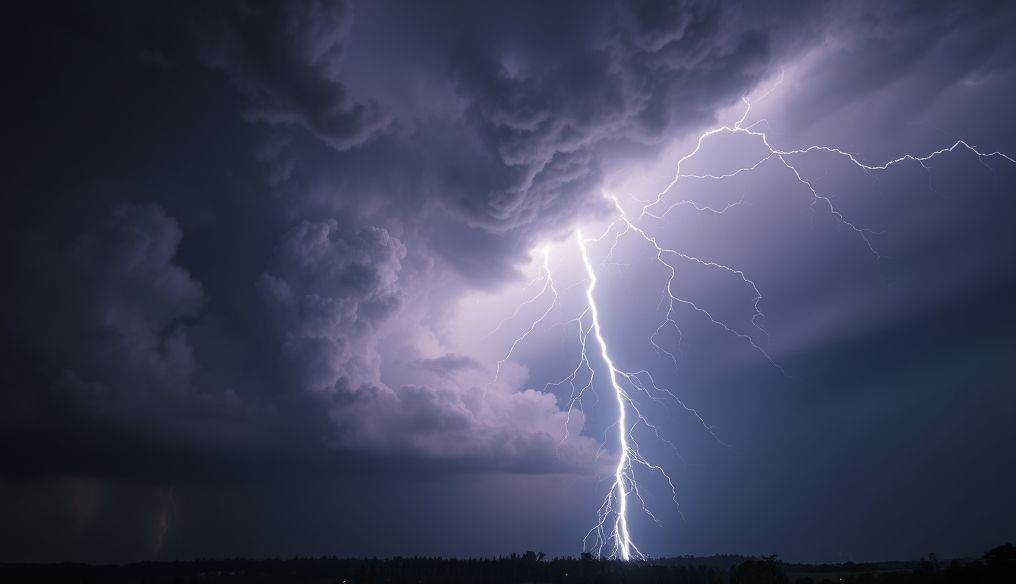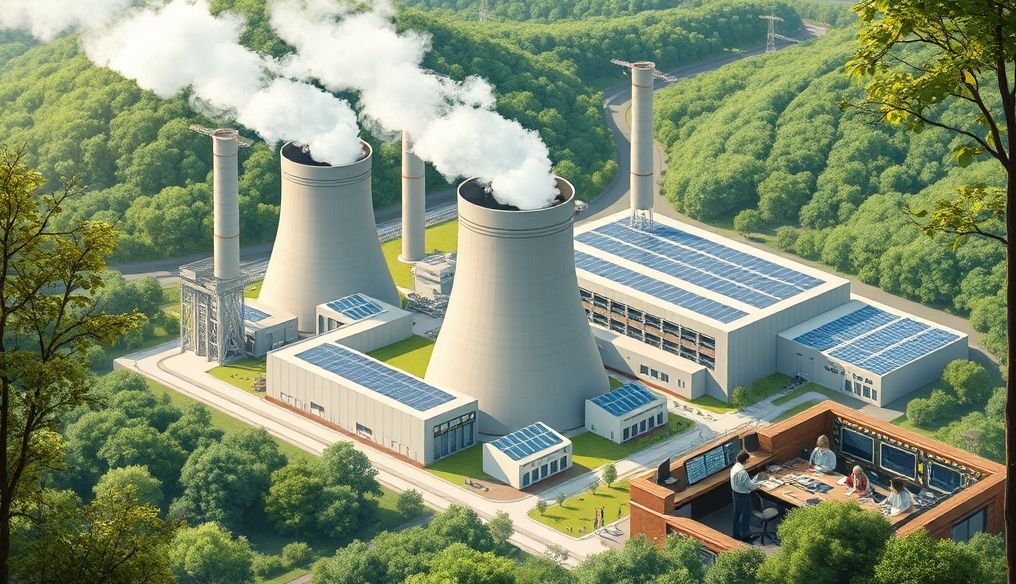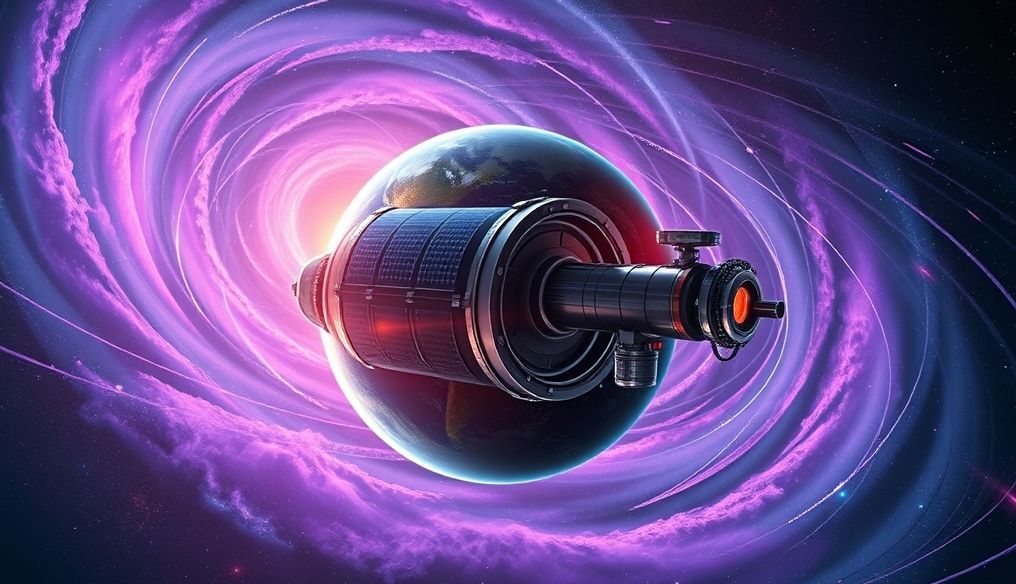How Do Lightning and Thunder Occur During a Storm?
Lightning and thunder are atmospheric phenomena that occur almost simultaneously, but they result from different physical processes within thunderstorms. Understanding these processes requires a grasp of the basics of static electricity and storm formation.
1. Formation of Thunderstorms
Thunderstorms typically form in unstable atmospheric conditions, where there is high humidity and rapid upward movement of warm air. These conditions allow for the formation of large cumulonimbus clouds, which are the clouds that produce lightning and thunder.
- Humidity: High humidity provides the water needed to form clouds and precipitation.
- Rapid Upward Air Movement: Rising warm air helps carry moisture to higher altitudes in the atmosphere.
- Atmospheric Instability: Refers to a condition where warm air is below and cold air is above, which encourages warm air to rise and form storms.
2. Separation of Electrical Charges Inside the Cloud
The fundamental process for lightning to occur is the separation of electrical charges within the cumulonimbus cloud. Scientists are still researching the exact mechanism of this separation, but there are widely accepted theories:
- Collision of Ice and Hail: It is believed that the collision of ice crystals and small hail particles within the cloud leads to the transfer of electrical charges. When these particles collide, some can lose electrons and others gain them, creating regions with different positive and negative charges.
- Updrafts and Downdrafts: Strong air currents inside the cloud help to separate the charges. Updrafts carry positively charged particles upward, while downdrafts carry negatively charged particles downward.
3. Accumulation of Electrical Charges
As a result of the charge separation process, electrical charges accumulate in different regions of the cloud:
- Upper Part of the Cloud: Generally becomes positively charged.
- Lower Part of the Cloud: Generally becomes negatively charged.
- Small Positively Charged Region: Can also form in the lower part of the cloud.
4. Electrical Discharge (Lightning)
When the difference in electrical potential between different charge regions becomes large enough, an electrical discharge occurs, which is what we see as lightning. There are different types of lightning:
- Intra-Cloud Lightning (IC): Occurs between different charge regions within the same cloud. This is the most common type of lightning.
- Cloud-to-Ground Lightning (CG): Occurs between the cloud and the ground. This is the most dangerous type of lightning.
- Cloud-to-Cloud Lightning (CC): Occurs between two different clouds.
- Cloud-to-Air Lightning (CA): Occurs from the cloud to the surrounding air.
5. Mechanism of Cloud-to-Ground Lightning (CG)
Cloud-to-ground lightning follows a sequential process:
- Stepped Leader: Lightning begins with a stepped leader, which is a negatively charged channel that moves towards the ground in short steps.
- Upward Streamer: As the stepped leader approaches the ground, an upward streamer, positively charged, is launched from the ground towards the leader.
- Return Stroke: When the upward streamer connects with the stepped leader, a very powerful return stroke occurs, which is the large electrical current that we see as lightning.
- Subsequent Strokes: Often, the return stroke is followed by less powerful subsequent strokes, using the same ionized channel.
6. Thunder
Thunder is the sound produced by the rapid heating of the air surrounding the lightning channel. When lightning passes, it instantly heats the air to extremely high temperatures (up to 30,000 degrees Celsius), causing the air to expand very quickly. This rapid expansion creates a shockwave that propagates through the air, which is what we hear as thunder.
7. Why Do We See Lightning Before Hearing Thunder?
Lightning and thunder occur at approximately the same time, but we see lightning before hearing thunder because the speed of light (about 300,000 kilometers per second) is much greater than the speed of sound (about 343 meters per second). Therefore, light reaches us much faster than sound.
8. Calculating the Distance to the Storm
You can estimate the distance to the storm by calculating the difference between seeing the lightning and hearing the thunder. For every 3 seconds of delay, the storm is about 1 kilometer away. For example, if you see lightning and hear thunder after 6 seconds, the storm is about 2 kilometers away.
9. Safety During Thunderstorms
It is important to take safety precautions during thunderstorms:
- Seek Shelter: Seek shelter inside a building or a car.
- Avoid Open Areas: Avoid standing in open areas or near tall trees or power lines.
- Stay Away from Water: Do not swim or use boats during thunderstorms.
- Unplug Electrical Devices: Unplug electrical and electronic devices to avoid damage from lightning strikes.
10. Ongoing Research
Scientists are still conducting research to understand more about lightning and thunder, including the precise mechanisms of electrical charge separation within clouds and the impact of thunderstorms on the atmosphere.
I hope this article has clarified how lightning and thunder occur during a storm. Understanding these natural phenomena helps us appreciate the power of nature and take the necessary precautions to stay safe.




